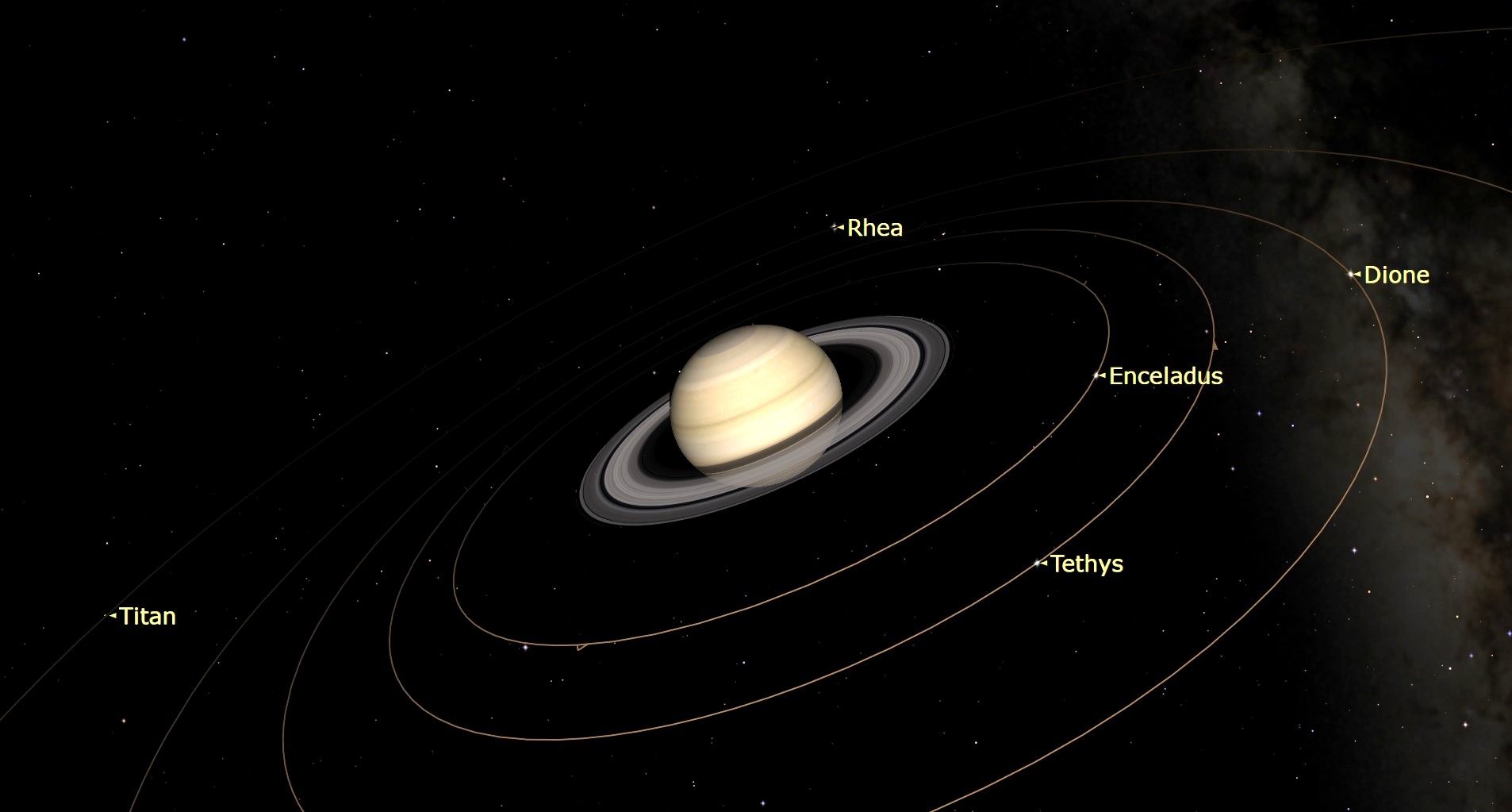
[ad_1]
Among the five naked-eye planets, just one is out of the viewing loop this month and it just happens to be the brightest of all, Venus.
It will be closely aligned beyond the sun as seen from the Earth on Oct. 22, as it transitions from the morning to the evening sky. Meanwhile, Saturn and Jupiter are prominent in the early evening sky, while Mars is best seen during the late evening/after midnight time frame.
Finally, the best morning views of Mercury will come during the first three weeks of October, low in the east about 45 minutes prior to sunrise.
Related: Space calendar 2022: Rocket launches, sky events, missions & more!
In our schedule, remember that when measuring the angular separation between two celestial objects, your clenched fist held at arm’s length measures roughly 10 degrees. Here, we present a schedule below which provides some of the best planet viewing times as well directing you as to where to look to see them.
If you’re looking for binoculars or a telescope to see the solar system planets, our guides for the best binoculars and the best telescopes have options that can help. If you need photography gear, consider our best cameras for astrophotography and best lenses for astrophotography to prepare for the next planet sight.
Mercury

(opens in new tab)
Mercury stands at greatest western elongation on the morning of Oct. 8. Although only 18 degrees from the sun, the planet at magnitude minus 0.4 rises shortly before the beginning of astronomical twilight, making this the year’s most favorable morning apparition for observers in mid-northern latitudes. Mercury should be easily visible to the unaided eye for the first three weeks of October. During this interval, Mercury rises nearly due east and brightens from magnitude minus 0.4 to minus 1.
Venus

(opens in new tab)
Venus starts this month by rising a half hour before the sun. The planet quickly becomes lost from view in the solar glare, passing through superior conjunction about 1 degree north of the sun on Oct. 22.
Mars

(opens in new tab)
Mars shining with a brilliant fiery orange light will be readily visible as the waning gibbous moon rises during the late evening hours of Oct. 14. Mars will be located about 3 degrees to the moon‘s lower right.
The Red Planet is the planetary superstar this fall, but we still have to wait up a bit for it. It rises well north of east around 10 p.m. local daylight time at the beginning of October and gets 30 degrees up, high enough for excellent observing, around 1 a.m. But at the end of the month, it rises at around 8:25 p.m. and is 30 degrees up by about 11:15 p.m. local daylight time.
Throughout October Mars is positioned between the horns of Taurus the Bull about 10 to 15 degrees to the northeast of Aldebaran, which it greatly outshines, with the Pleiades looking on. This month, as the distance from Mars decreases from 73 to 58 million miles (117 to 93 million km), it nearly doubles in brightness from magnitude minus 0.6 to minus 1.2, as we hurtle toward it at an average speed of 5.5 miles (8.8 km) per second.
Related: Best telescopes for seeing planets 2022
Jupiter

(opens in new tab)
Jupiter will appear to lead the almost-full moon across the sky during the overnight hours of Oct. 8-9, situated about 4 degrees to the moon’s right (west). The big planet shines low in the east in the evening twilight, climbing higher each week. After dark the king of planets dominates the sky all night long, blazing at a magnitude minus 2.9.
Jupiter transits the meridian (reaching its highest due south) in the late evening, so that’s the best time for telescopic observations of the rich feast of features in its clouds as well as the never-ending dance of its four Galilean satellites.
Jupiter’s disk shrinks slightly this month, but it’s still bigger than the planet ever appears in most years. Jupiter sets during morning twilight during the first half of October and around 4:15 a.m. daylight-saving time at month’s end.
Saturn

(opens in new tab)
Saturn appears a half dozen degrees to the moon’s upper right on the evening of Oct. 5. The ringed world is an easy and obvious sight in the evening sky; a bright yellow-white starlike object in the southeast at nightfall and in the south during the mid-to-late evening.
Saturn shines markedly brighter than the 1st-magnitude bluish-white star Fomalhaut, which sparkles 20 degrees to the lower left. Saturn’s rings open to 15 degrees — the most they’ll be tipped until 2027.
Editor’s Note: If you snap a photo of the planets in September and would like to share it with Space.com’s readers, send your photo(s), comments, and your name and location to [email protected].
Joe Rao serves as an instructor and guest lecturer at New York’s Hayden Planetarium (opens in new tab). He writes about astronomy for Natural History magazine (opens in new tab), the Farmers’ Almanac (opens in new tab) and other publications. Follow us on Twitter @Spacedotcom (opens in new tab) and on Facebook (opens in new tab).
[ad_2]